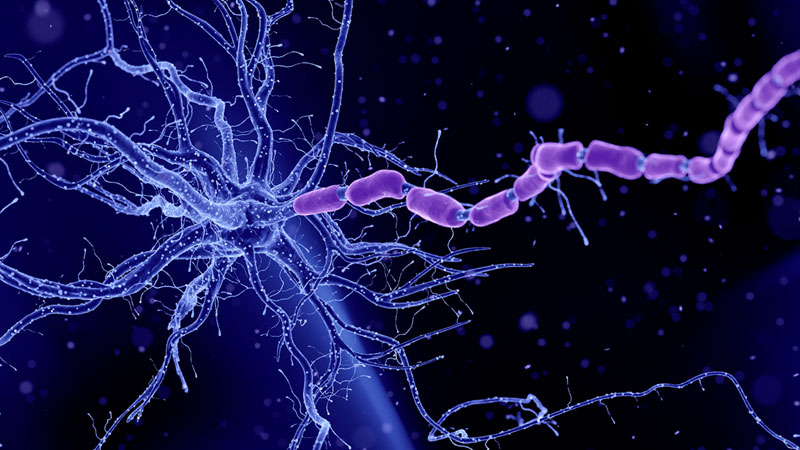Visualizing Visual Impairments
Published December 2020
Secondary Title Here
Lorem ipsum dolor sit amet, consectetur adipiscing elit. Nullam scelerisque elit quis ligula blandit suscipit vitae ut magna. Mauris erat erat, tempor ut eleifend a, pretium vitae velit. Praesent id eros enim. Quisque sit amet eleifend elit. Fusce ante lacus, ultrices sed massa quis, aliquet maximus leo.
Phasellus rhoncus eleifend mattis. Praesent suscipit, erat ac fringilla pulvinar, magna mi placerat tortor, at bibendum sapien turpis condimentum nisi. In sed sem quis tortor sollicitudin pellentesque nec varius eros. Maecenas tempus tortor ipsum, eu dignissim nunc placerat eu.
Tertiary Title Here
Nam felis magna, consequat iaculis turpis at, sodales rhoncus metus. Phasellus vulputate placerat arcu, malesuada dignissim arcu dignissim et. Maecenas quam lorem, iaculis eget sodales vel, pulvinar id ante.
Maecenas eget molestie velit, vel aliquam ante. Morbi aliquam lacus sed odio imperdiet, eget vulputate augue fermentum. Nunc eu sodales ligula.
Tertiary Title Here
Donec mollis hendrerit mauris nec pretium. Vestibulum nibh ligula, ultricies sit amet metus non, blandit gravida tellus. Nulla accumsan pulvinar ultrices. Ut id odio quis neque rutrum interdum.
Secondary Title Here
Duis quis molestie urna, elementum faucibus erat. In aliquam blandit viverra. Pellentesque non tellus purus. Proin sodales lacus quis tellus pulvinar, vel interdum turpis semper. Donec ac massa at elit condimentum rhoncus. Praesent a feugiat dui.
Quisque lorem tellus, ornare et convallis nec, blandit at felis:
- Cum sociis natoque penatibus et magnis
- Dis parturient montes, nascetur ridiculus mus
- Vivamus vestibulum sollicitudin nunc
- eu faucibus nulla efficitur sed. Ut interdum ultrices massa
Aenean lacus urna, auctor vitae eros ut, imperdiet ultrices ipsum. Fusce sit amet tincidunt diam, vel sodales elit. In orci turpis, facilisis in nisi eu, vestibulum pulvinar enim. Donec congue, est porta laoreet fringilla, tortor tortor suscipit mauris, vitae bibendum nisl felis quis libero. Vestibulum tempor non ex id tincidunt.





